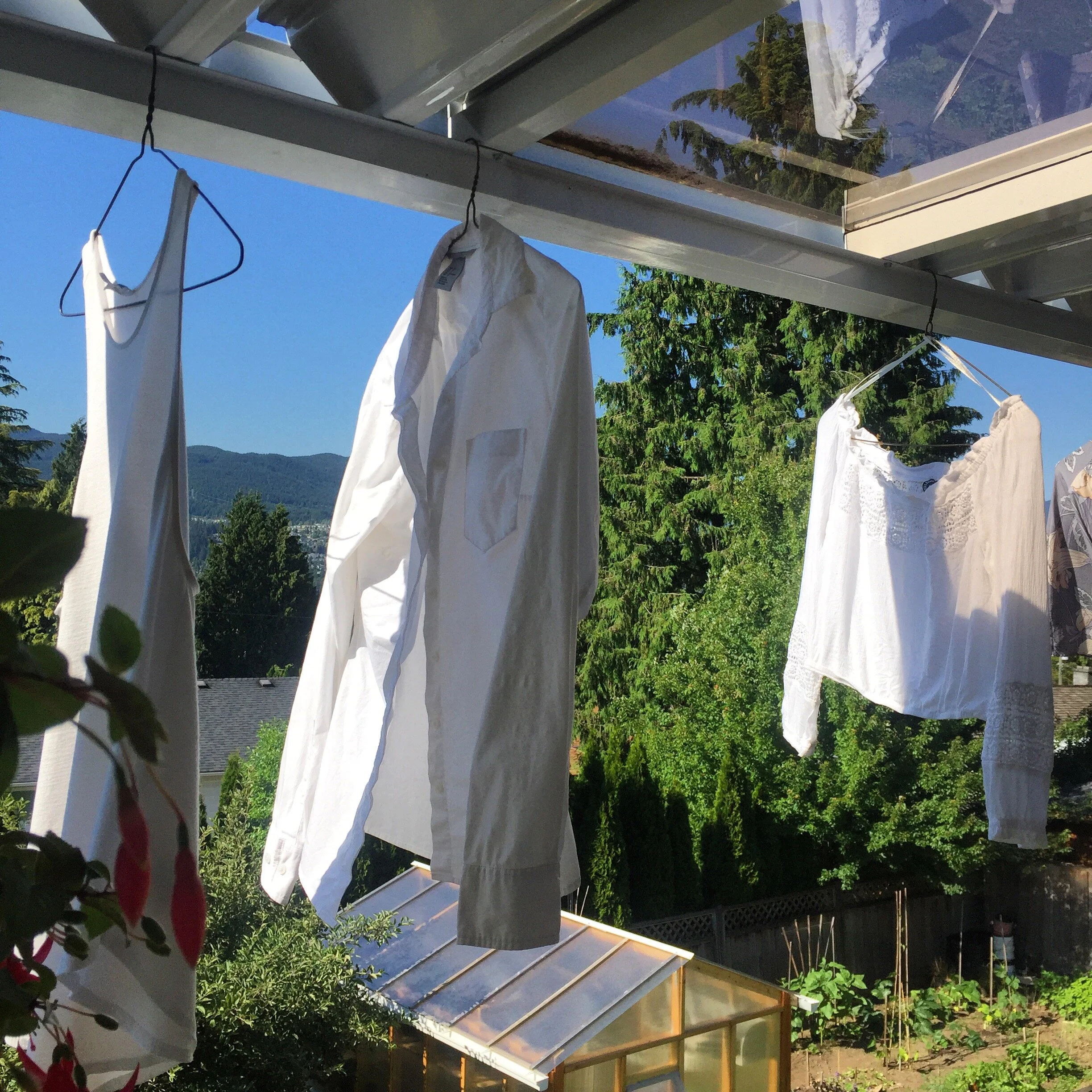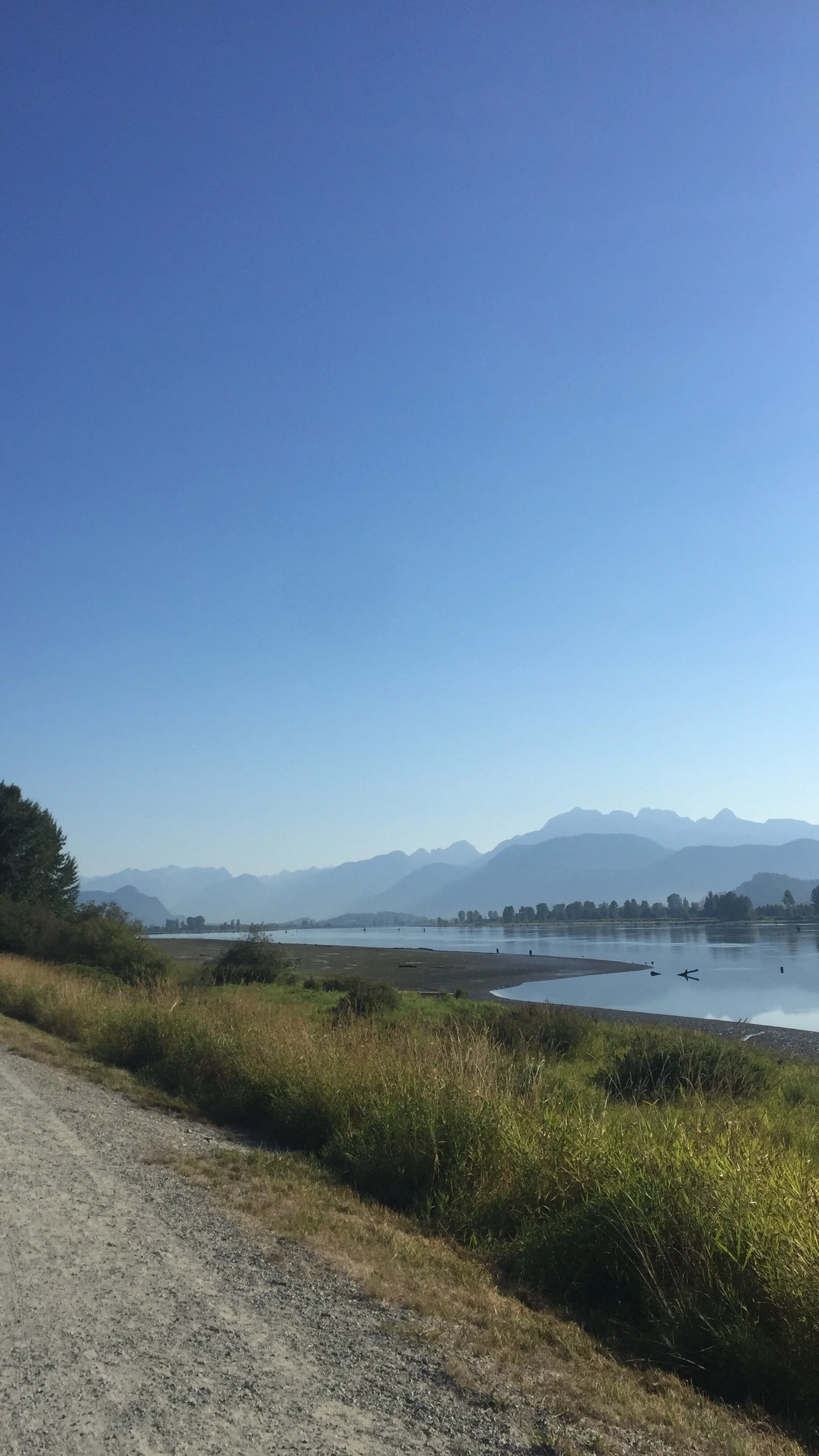How to Set Sustainability Goals that Stick
2020 Resolution: Get outside more
The past few years I have found myself focusing my New Year’s resolutions on reducing my environmental impact. I value goal setting for the pause it makes you take to think about what the best version of yourself is like and what habits that person has. This will mean something different to everyone, but my best version of myself treads lightly on the earth and centers her decisions around environmental sustainability and social justice.
Through my years of often failed and sometimes successful resolutions, I have learned some lessons about how I can actually create long lasting habits. Here is my advice for setting goals that will not only lower your negative environmental impact but also raise your positive impact.
Utilize the Snowball Effect
2018 resolution: Hang laundry to dry
The ‘snowball effect’ is when something increases in size or importance at a faster and faster rate. In this situation, I mean to start small with your changes and then over time feel them only get easier and more impactful. I remember that it seemed like so much effort to always remember my reusable mug and cutlery when I left the house only a year ago. Now this habit is so engrained in me I feel like I’ve always had it.
For example, if you want to eliminate single use plastics, start with one item and once you have that product replaced then move onto the next. I tried to go ‘zero waste’ all at once a few years ago and failed horribly because I didn’t know where to start and bit off way more than I could chew. After slowing down and establishing a plan to reach this goal (which I am still working towards) I could actually begin making a difference.
2. Space it Out
2019 Resolution: Bring reusable containers for takeaway
An actionable way to apply the snowball effect is to space out your goals throughout the year. I once wrote out a list of maybe 20 resolutions that ranged in size from ‘hang laundry to dry’ to ‘go vegan,’ all to be tackled starting January 1st. You can imagine this didn’t go well. I suggest thinking of goals and changes you’d like to implement throughout the year then divide them into short-term and long-term lists. Short-term goals can be tackled on a month-by-month basis while long-term goals can be achieved throughout the year.
3. Make it Feel Good
A while ago I switched from using a coffee maker to a French press. I decided that I wanted to eliminate the waste of a coffee filter and the energy use from my electrical machine. While this has an obviously small impact, it makes me feel good every morning to start my day with a zero waste and low impact ritual. I suggest looking for something similar to this in your own life that will fill you with that sense of pride and comfort to know your daily habits are minimizing their strain on our planet’s resources.
4. Build Community
Honestly, it can be hard to move towards a more sustainable lifestyle. We know that our climate is changing in overwhelming ways and the actions taken over the next 10 years can make or break our carbon budget (this great article from Climate Reality Project explains the 2030 deadline quite well).
Illustration by @simply.living.well
Therefore, we need to make these changes together and support one another in our efforts. When I was first learning about the low waste movement, I cherished the Facebook page ‘Zero Waste Vancouver’ for not only the members’ insight but the encouragement from knowing so many others were making changes to their lifestyles as well.
In the digital world, I highly recommend joining Facebook pages and engaging with environmental Instagram profiles to learn from others and find inspiration. In the real world, I suggest sharing your goals with a close friend or family member that shares your environmental consciousness. This is someone to celebrate your successes with, as well as vent your frustrations. Consider scheduling monthly check ins or creating a group chat to share ideas and wins with each other. I firmly believe that we will not move to environmentally sustainable lives without a huge focus on community building and human connection.
With this advice, I also want to offer suggestions for your 2020 sustainability goals. This will be different for everyone so pick and choose what suits best with your lifestyle.
Personal Actions
2020 Resolution: Get outside more
Change your search engine to ecosia (plants one tree for every 45 searches)
Carry a reusable mug, water bottle, utensils, containers, etc. to avoid single use items
Switch to a bamboo toothbrush
Bring reusable bags and produce bags to the grocery store
Eat more plant based meals
Buy second hand clothing
Grow native bee friendly plants
Spend more time in natural spaces
Follow the 30 day buying rule (only buy an item after you’ve wanted it for 30 days or more)
Educate yourself about environmental sustainability through books, blogs, and podcasts (I share resources like these on my Instagram page @climatehopeproject)
Community Actions
Volunteer with a local environmental/social organization (I suggest Watershed Watch Salmon Society, Downtown Eastside Women’s Centre and the Vancouver Aquarium)
Participate in beach clean ups (Surfrider Vancouver hosts these monthly)
Attend documentary screenings (Patagonia Vancouver regularly hosts these in their space)
Attend Nada Grocery’s Zero Waste Vancouver Monthly Meet-Up and related events
Join a community garden (list of gardens in Metro Vancouver)
Comment below with more resolution ideas to show love for our planet in 2020.




